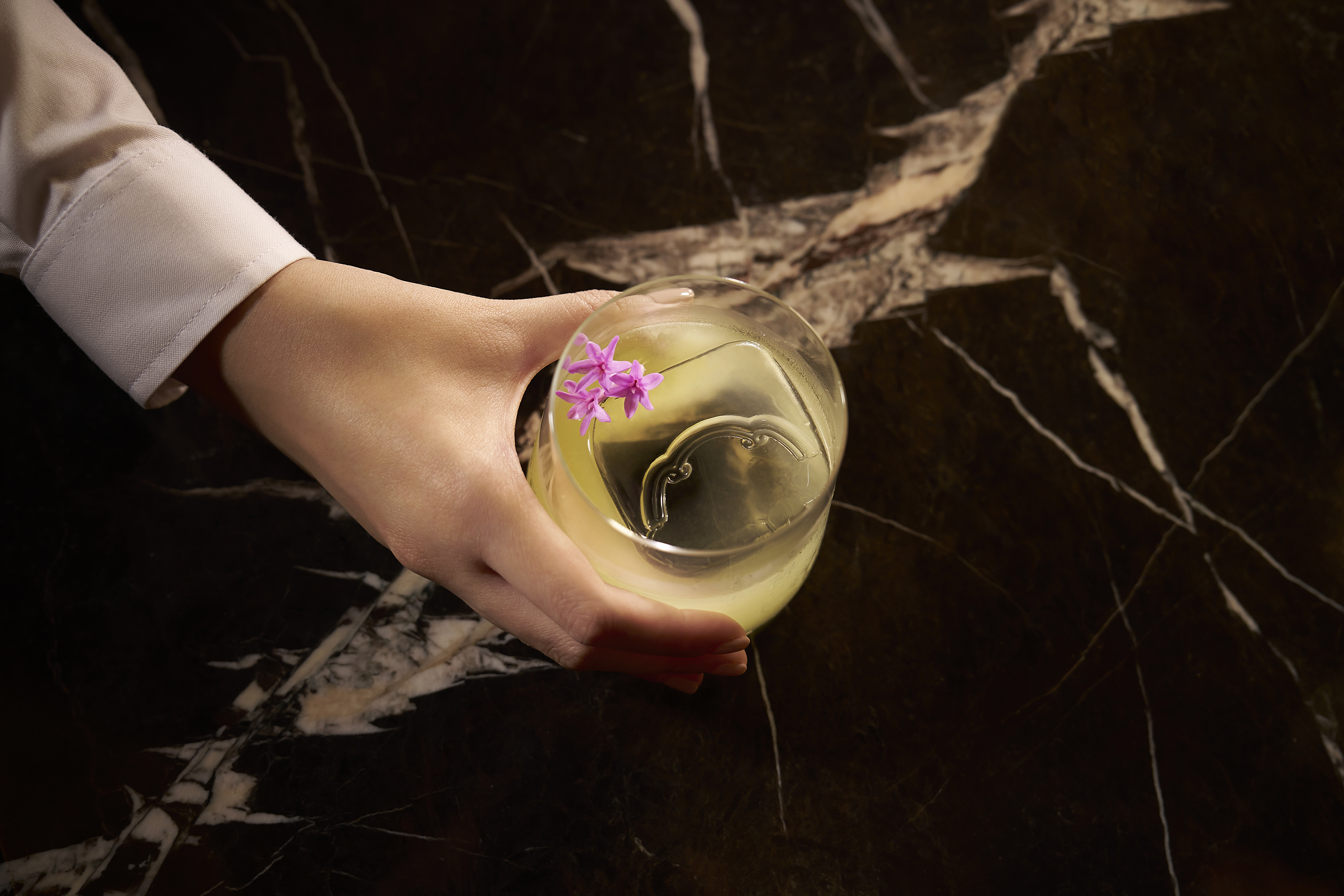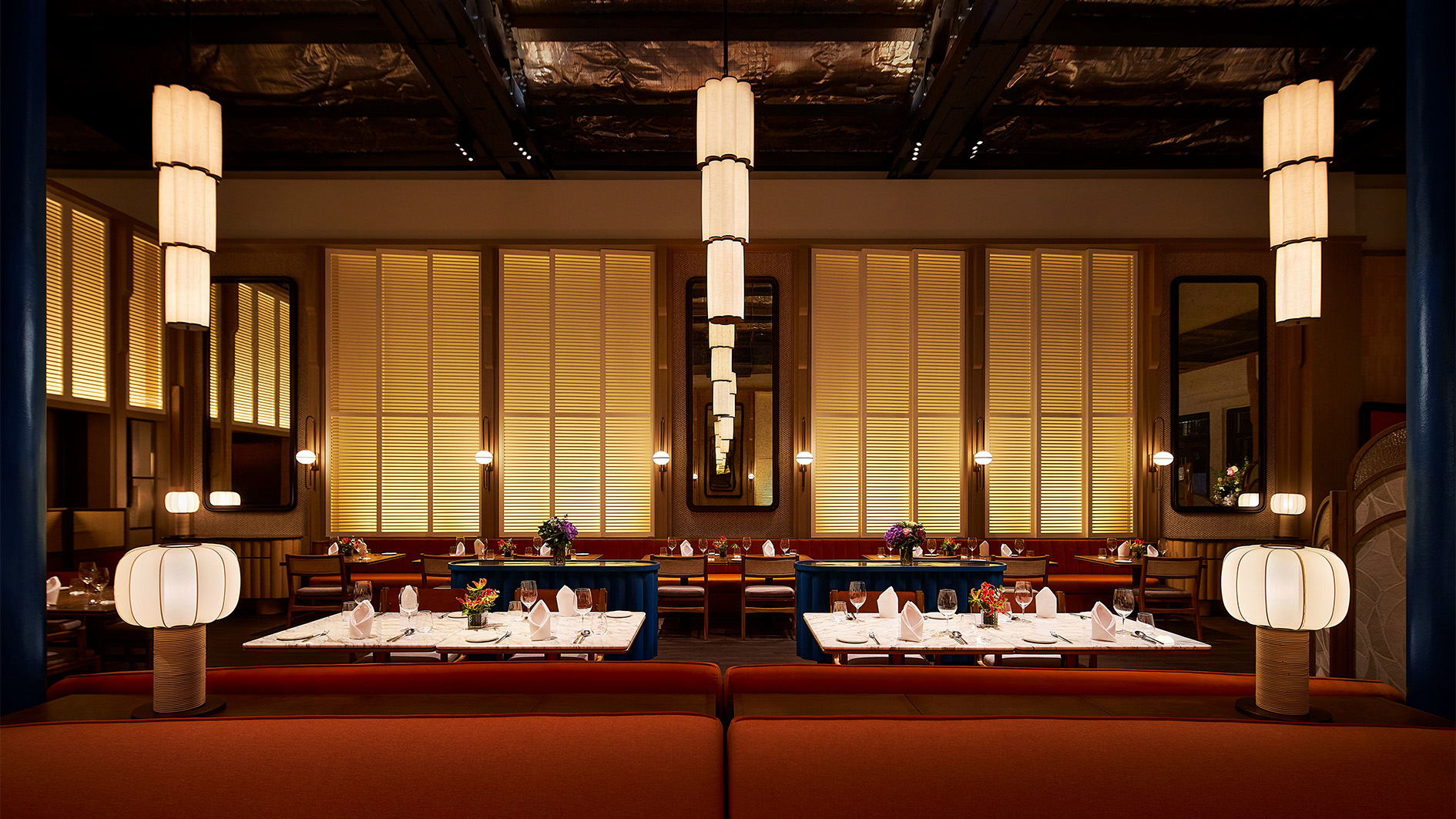
It hardly seems possible that an island as bijou as Singapore could sustain so many top-notch restaurants, much less absorb the cavalcade of new openings each month. The latest to catch our eye is the freshly minted Jiak Kim House.
Set within an early 20th-century godown on the banks of the Singapore River, the restaurant is a head-turner, not least for its grand, high-ceiling interiors, which once stored rice, spices, coffee, tin and rubber – before it was converted in the 1990s into Zouk nightclub.
Jiak Kim House in Singapore: a soigné mix
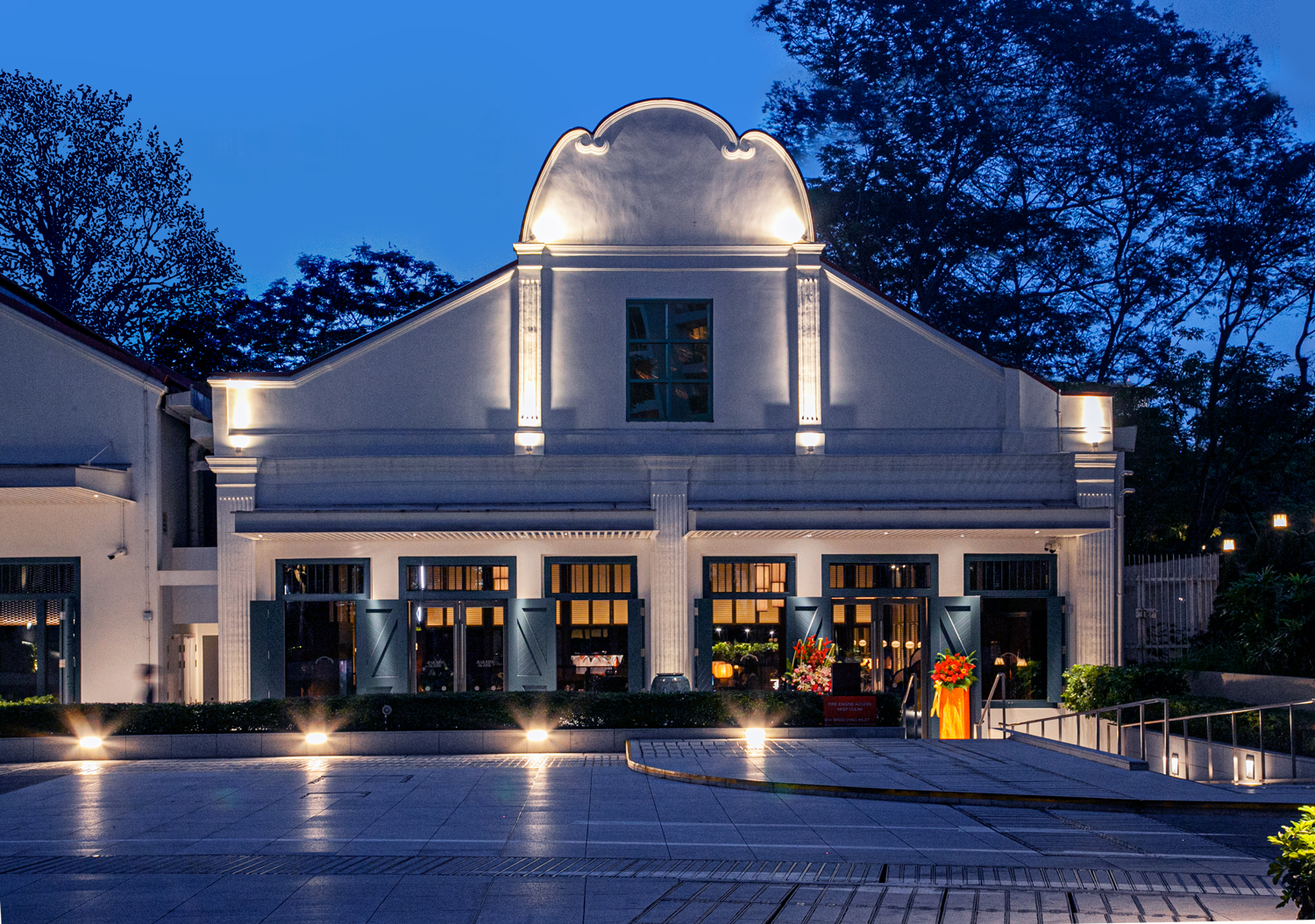
Because the building, with its scallop-shaped roof pediment, is heritage-listed, local studio Dinding Design Office took pains to first shore up the foundations that rest on reclaimed swampland, and repair the extant brickwork and plaster before adding layers of handmade bricks, a marble bar counter, coconut-husk walls and customised rattan furniture. The original timber trusses have been left exposed to allow what Jimin Fadjar, Dinding’s lead designer, describes as the building’s ‘theatrical integrity’ to dominate.

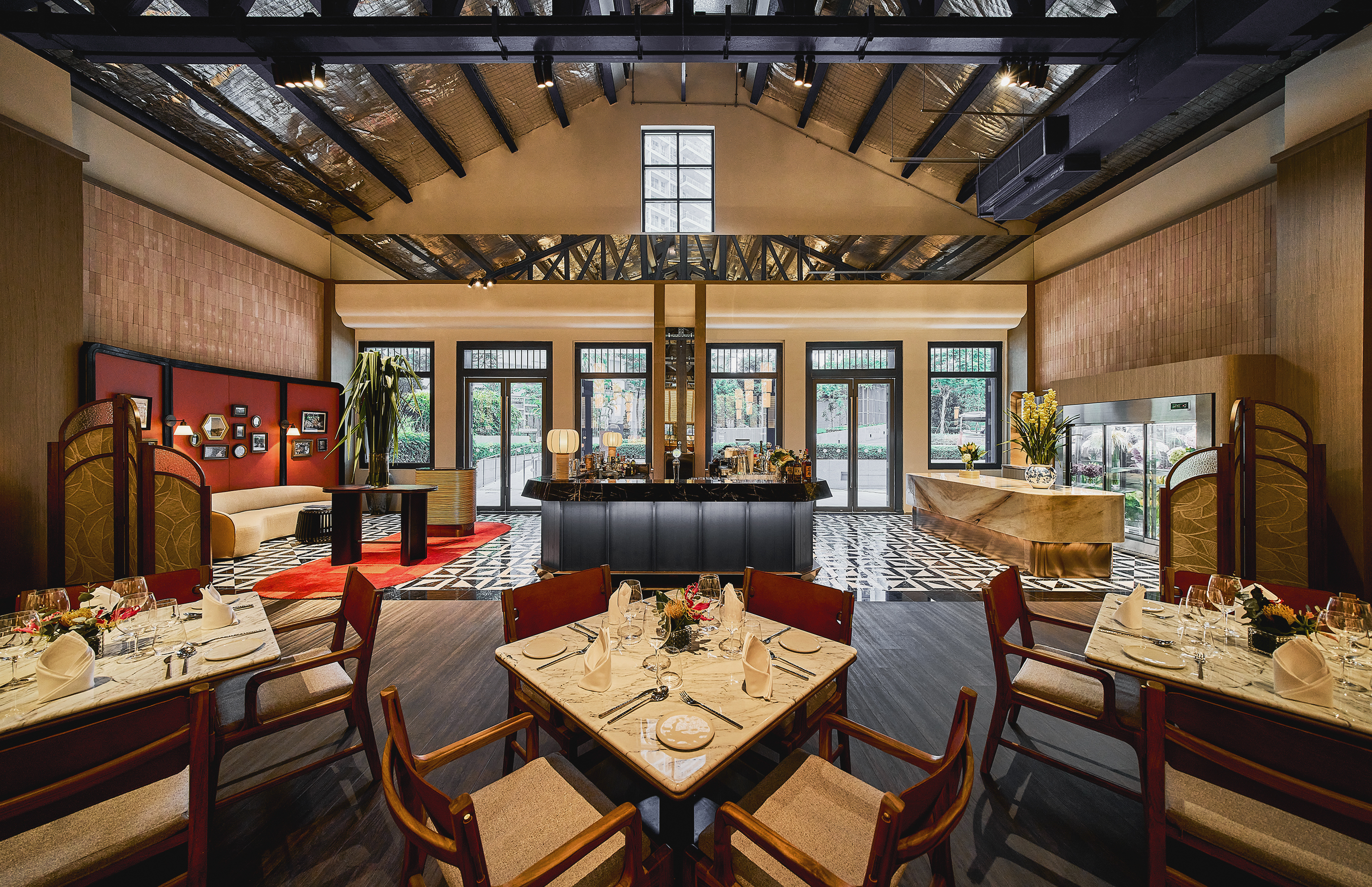
Meanwhile, a wine vault featuring terracotta brick walls and a low arched ceiling lined in cork contrasts with a private dining room dressed with glossy blue wall panels, mustard gold upholstery, and wainscotting that nod to Singapore’s colonial past.
The result is a visually sophisticated and gastronomically soigné mix, the building’s storied past providing a soft palimpsest, especially as, in the kitchen, head chef and co-owner Seow Tzi Qin nimbly mines Southeast Asian recipes to reimagine classic flavours for millennial palates.
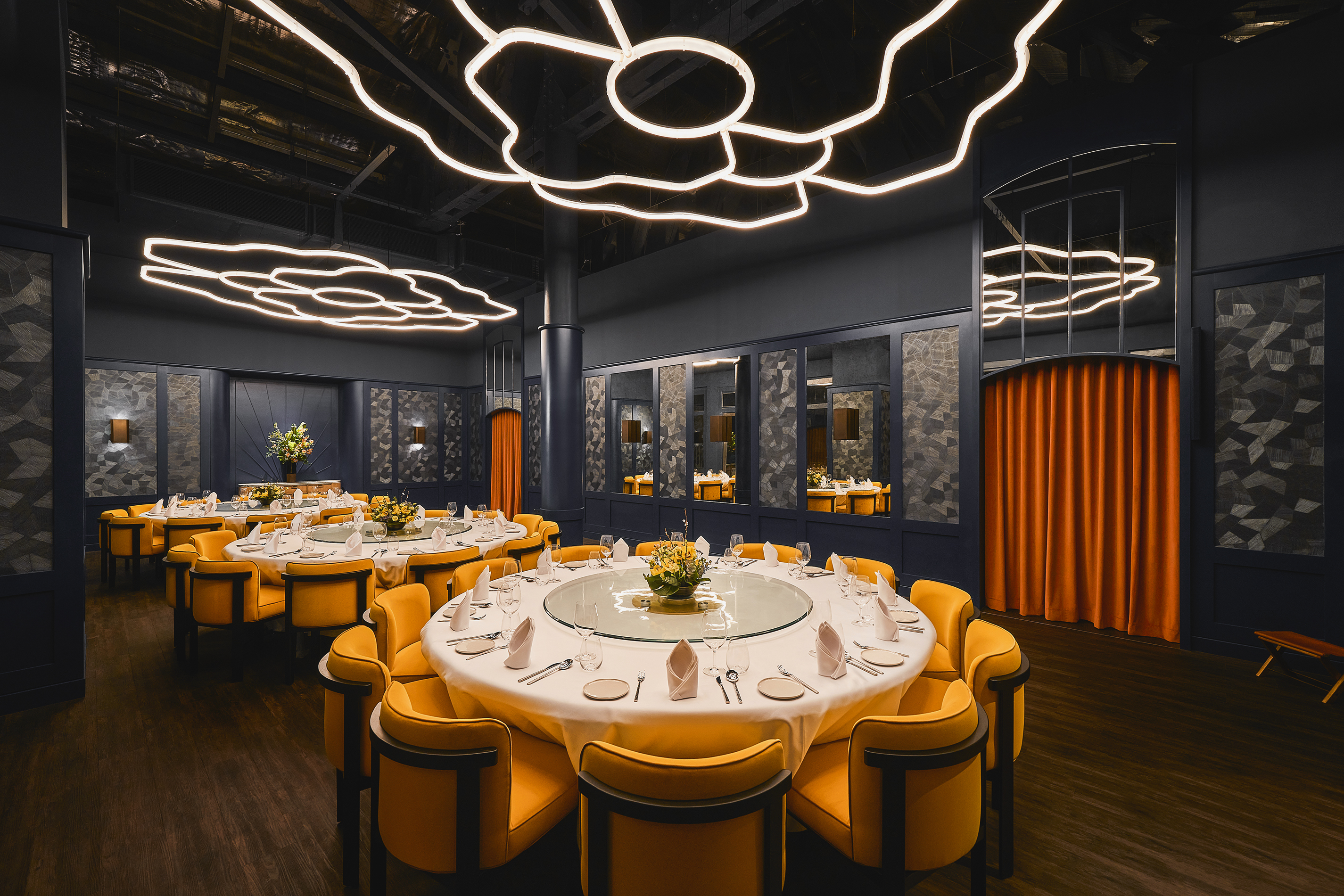
And so, the evergreen pork bone and pepper broth, bak kut teh, is transformed into a mushroom consommé spiked with herbs and green peppercorn foam. The Gallic standard, pan-fried foie gras, is reinvented with gula Jawa ginger caramel and a rambutan and grapefruit chutney, whilst the beloved Teochew rice dish, Pao fan, is given a modern burnish with pan-roasted Hokkaido scallops perfumed with Angelica root dash, cordyceps and ikura.
The desserts are no less inventive, Seow folding in buah keluak pulp with namelaka cream and kirsch-soaked cherries for his rendition of the Black Forest cake – and infusing sorbet with Maotai and pineapple, paired with coconut jelly crowned with lime meringue.
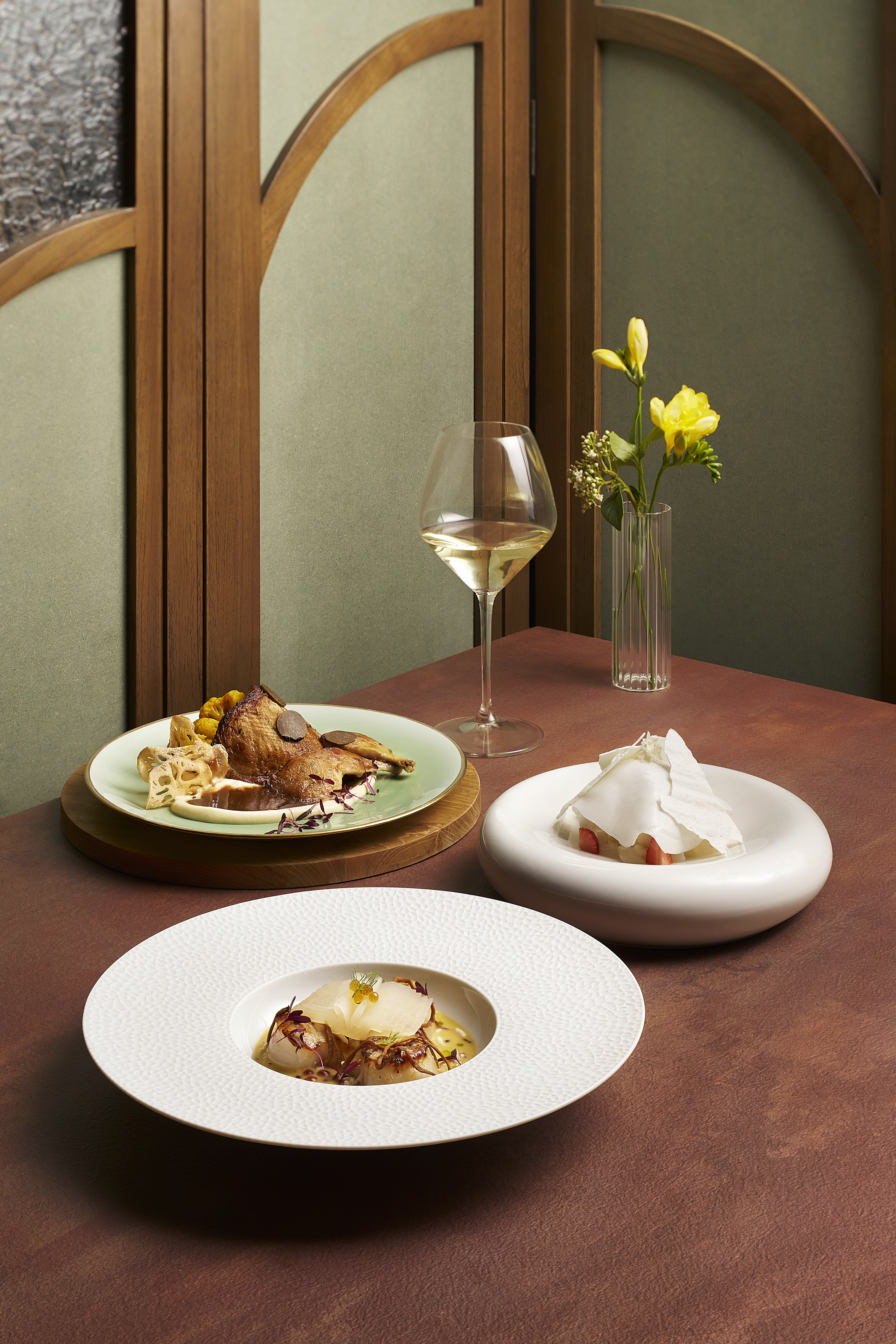
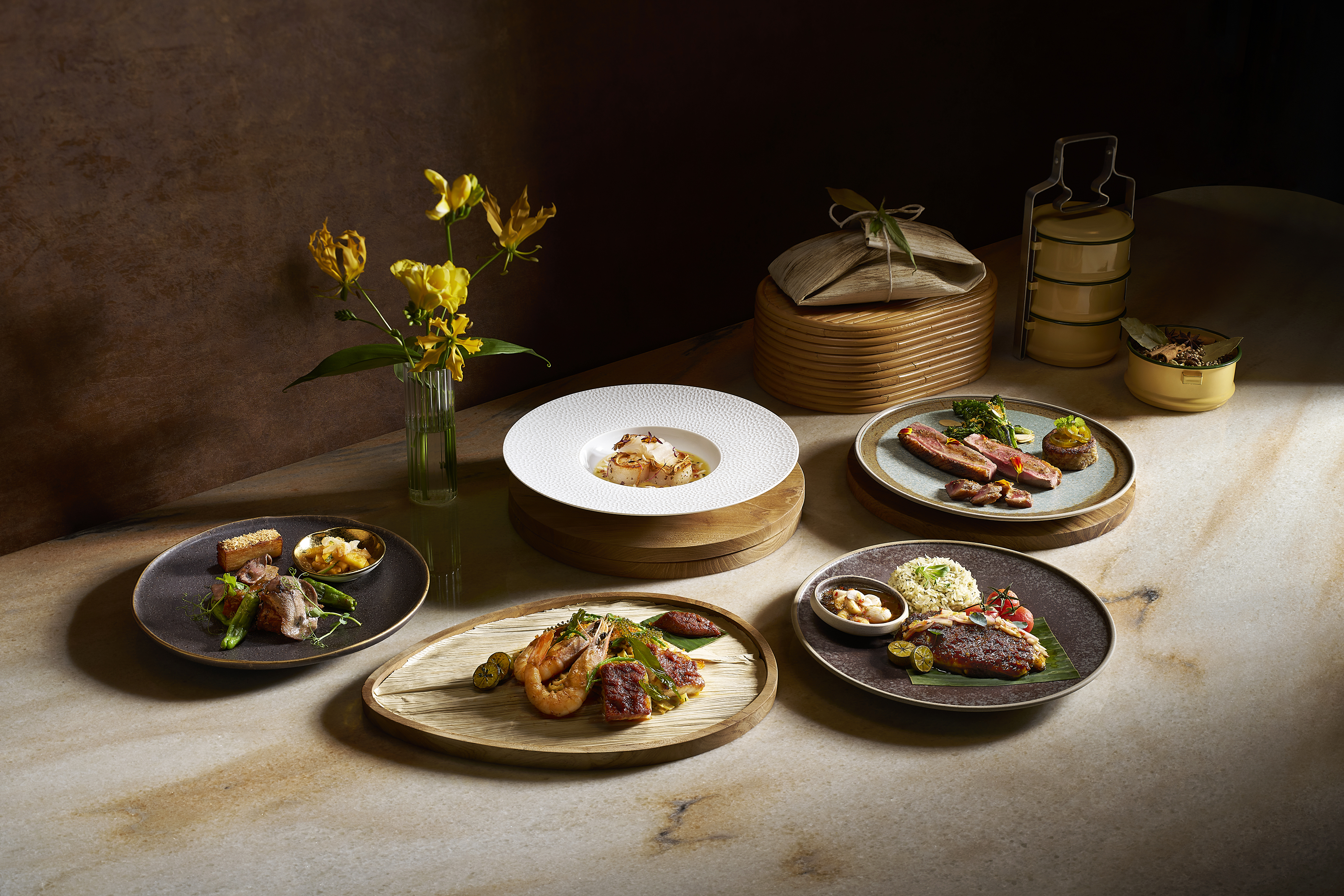
The post-prandial treats are headlined by a crackerjack cocktails menu including a liqueur of durian mixed with Pisco and a Filipino brandy warmed with spiced bitters and banana liqueur – though teetotallers may prefer to call it a night with Yunnan pu-er tea served up in Japanese cast iron pots.
